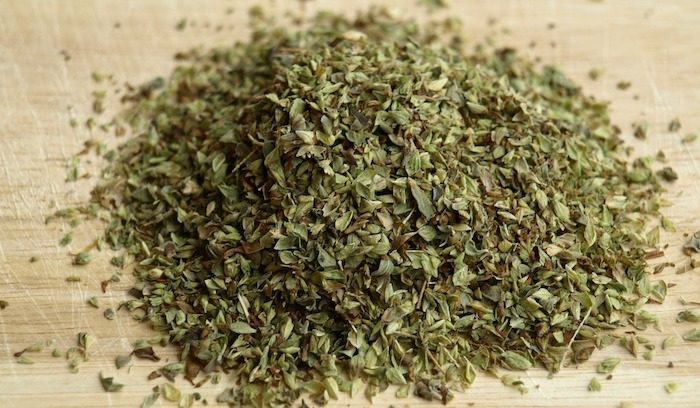Pyrrolizidine alkaloids (PA) are secondary plant constituents that have been detected in over 350 different flowering plants to date. The PA are formed by the plants as protection against predators. In nature, PA is mainly found in the plant genera Boraginaceae, Asteraceae and Fabaceae.
In high concentrations PA, especially the 1,2-unsaturated PA, have a hepatotoxic effect and can lead to acute liver damage. The intake of PA at lower doses over a longer period of time may also increase the risk of cancer.
Since a safe intake cannot be defined for genotoxic carcinogenic substances, food should contain as little as possible 1,2-unsaturated PA (ALARA principle: as low as reasonably achievable).
Currently there is no maximum level for PA in food.
In accordance with the Margin of Exposure (MoE) approach, the EFSA established a reference value for a maximum daily intake of 0.007 µg/kg body weight in 2011 that is still tolerable. This value was raised by EFSA in 2016 to 0.024 µg/kg body weight. In addition, EFSA uses the Health Based Guidance Value (HBGV) of 0.1 µg/kg body weight/day derived on the basis of the No-Observed-Adverse-Effect-Level (NOAEL) to assess chronic toxicity.
In the past, honey, teas and herbal teas were the focus of media attention due to increased PA levels.
Recent studies have shown that, in addition to these products, dried and frozen herbs also contain high levels of PA and clearly exceed the toxicological limits. Particularly high levels were found in dried oregano. The BfR deals with this problem in a statement of 13.5.2019 and has listed some results on PA contents in dried herbs.
In the magazine Stiftung Warentest, issue 09/2019, a short article “Comminuted herbs partly harmful to health” also deals with this topic. The editorial staff quotes investigations of the CVUA Stuttgart. In the context of the investigation of 41 Oregano samples (rubbed) more than 2/3 were evaluated as not safe food. Nine samples were assessed as “harmful to health” due to extremely high PA contents.
Own investigations since July 2018 (Tab. 1) confirm the problem described above. Also in our investigations the oregano samples have by far the highest contents.
Table 1: PA – Contents in various dried herbs
| Matrix | Number of samples | Contents [µg/kg] | Exceedance BMDL | Exceedance HBGV |
| Oregano | 50 | 4,4 – 11649 | 23 | 8 |
| Rosemary | 8 | n.n. – 2,2 | 0 | 0 |
| Basi | 8 | n.n. | 0 | 0 |
| Fennel Seed | 14 | 127,3 – 523,6 | 14 | 2 |
| Parsley | 5 | n.n. | 0 | 0 |
| Chives | 6 | 76,2 – 296,1 | 0 | 0 |
| Caravay | 7 | 3,3 – 5,6 | 0 | 0 |
| Marjoram | 6 | n.n. – 83,3 | 0 | 0 |
| Dill | 6 | 19,7 – 315,6 | 1 | 0 |
| Cumin | 3 | 642 – 1317 | 0 | 0 |
| Other herbs and herbal mixtures | 15 | 2,9 – 562,9 | 1 | 0 |
| Spices and spice mixtures | 7 | 770,4 – 1371,9 | 2 | 1 |
After extraction and purification, the PA is analyzed via a solid phase (SPE) using LC-MS/MS.


Since dried herbs are to be classified as unsafe food due to their sometimes very high PA content, these products should be given special attention with regard to self-monitoring measures along the entire supply chain.
In this context, it can also be assumed that both official controls and consumer protection associations will pay more attention to this problem in the future.
Source: https://www.tentamus-web.com/bilacon-en/high-pyrrolizidine-alkaloid-contents-in-herbs/

